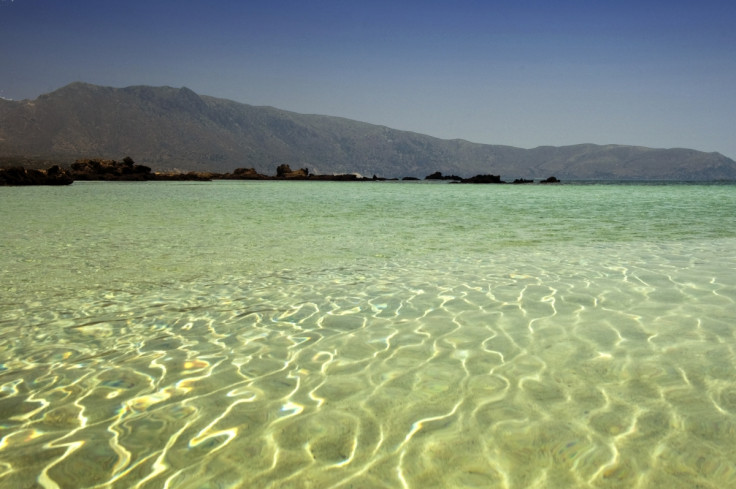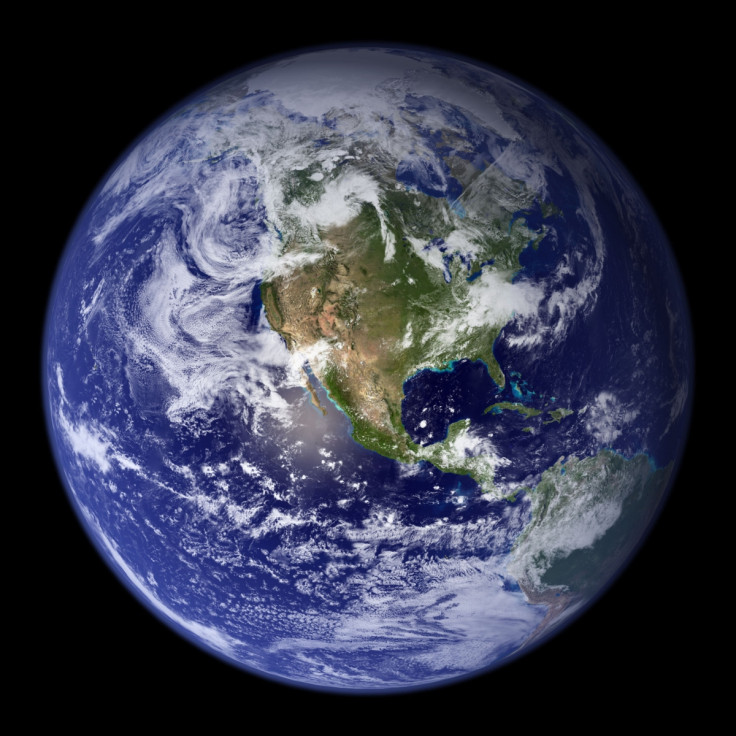Planet's 'Biggest Water Reservoir' Discovered in Earth's Mantle 400 Miles Beneath USA

What could be planet Earth's biggest water reservoir has been discovered around 400 miles underneath North America, inside mantle rock.
Published in the journal Science, researchers from Northwestern University and the University of Mexico say there is evidence of oceans' worth of water tied up deep in the planet's mantle.
While not in liquid form, the water might be the planet's largest reservoir and suggests water can be driven to these great depths by plate tectonics, which partially melt the rocks in the mantle, the authors said.
Steve Jacobsen and Brandon Schmandt say the findings will help scientists to understand how Earth formed, its current composition and how much water is trapped inside mantle rock.
"Geological processes on the Earth's surface, such as earthquakes or erupting volcanoes, are an expression of what is going on inside the Earth, out of our sight," said Jacobsen.
"I think we are finally seeing evidence for a whole-Earth water cycle, which may help explain the vast amount of liquid water on the surface of our habitable planet. Scientists have been looking for this missing deep water for decades."

The scientists are the first to provide direct evidence there is likely water in Earth's 'transition zone' – the area between the lower and upper mantle. Findings showed the region where water is trapped extends across most of the interior of North America.
The water is not liquid, ice or vapour. It is trapped inside the molecular structure of the minerals in the mantle rock.
Schmandt and Jacobsen used seismic observations and experiments on mantle rock to produce evidence that melting of mantle rocks may occur about 400 miles under Earth's surface.
Schmandt explained: "Melting of rock at this depth is remarkable because most melting in the mantle occurs much shallower, in the upper 50 miles. If there is a substantial amount of H2O in the transition zone, then some melting should take place in areas where there is flow into the lower mantle, and that is consistent with what we found."
They said if 1% of the weight of mantle rock in the transition zone is water, this would be equivalent to three times the amount of water in the oceans.
Their research follows a study published earlier this year that showed a piece of ringwoodite (a never before analysed mineral) contained a surprising amount of water. "Whether or not this unique sample is representative of the Earth's interior composition is not known, however," Jacobsen said.
© Copyright IBTimes 2025. All rights reserved.






















